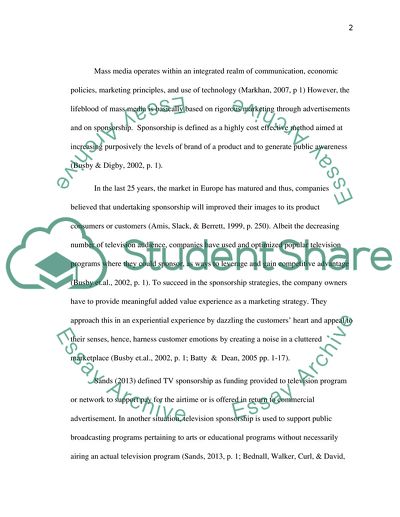Cite this document
(“Production for Live Events and Television University of the Arts Dissertation”, n.d.)
Production for Live Events and Television University of the Arts Dissertation. Retrieved from https://studentshare.org/journalism-communication/1615940-production-for-live-events-and-television-university-of-the-arts-london
Production for Live Events and Television University of the Arts Dissertation. Retrieved from https://studentshare.org/journalism-communication/1615940-production-for-live-events-and-television-university-of-the-arts-london
(Production for Live Events and Television University of the Arts Dissertation)
Production for Live Events and Television University of the Arts Dissertation. https://studentshare.org/journalism-communication/1615940-production-for-live-events-and-television-university-of-the-arts-london.
Production for Live Events and Television University of the Arts Dissertation. https://studentshare.org/journalism-communication/1615940-production-for-live-events-and-television-university-of-the-arts-london.
“Production for Live Events and Television University of the Arts Dissertation”, n.d. https://studentshare.org/journalism-communication/1615940-production-for-live-events-and-television-university-of-the-arts-london.


